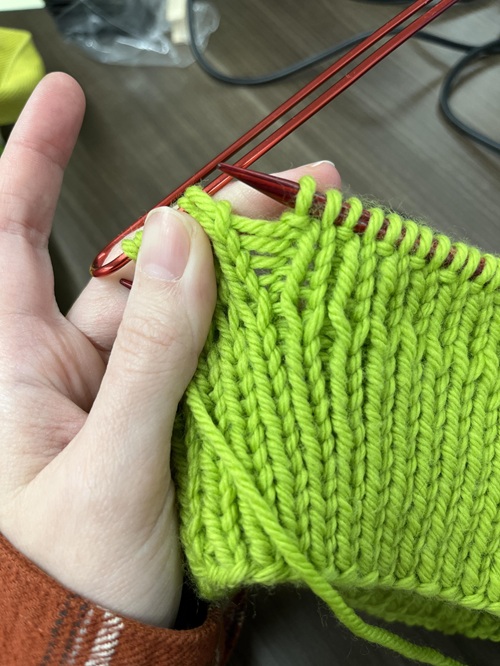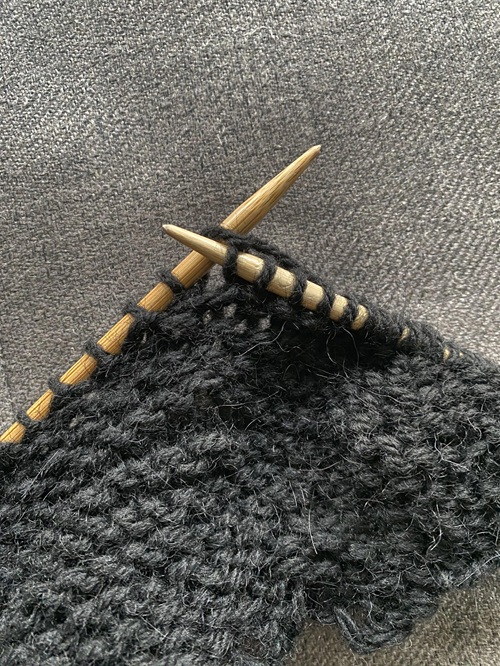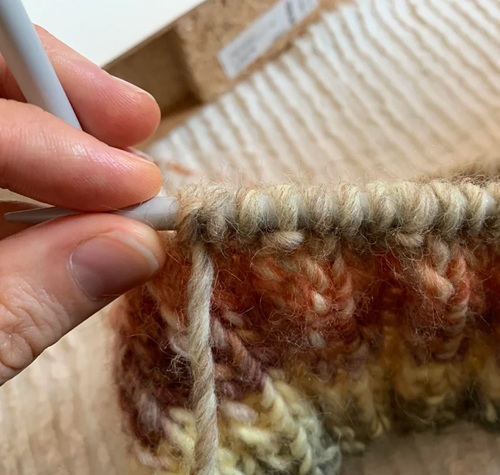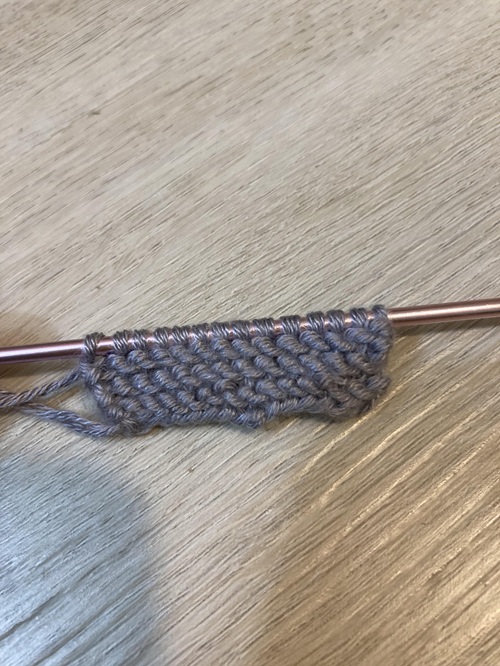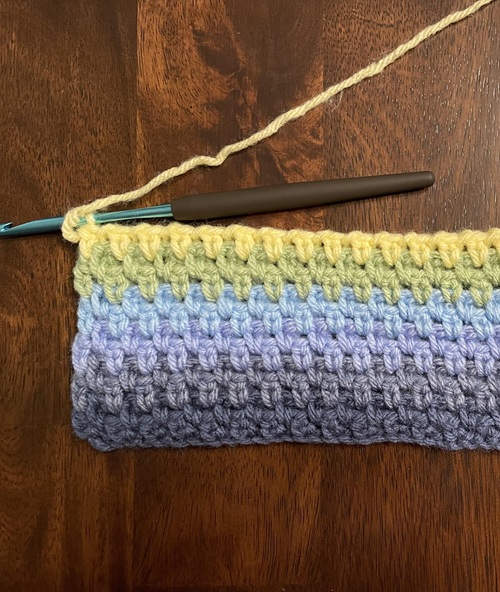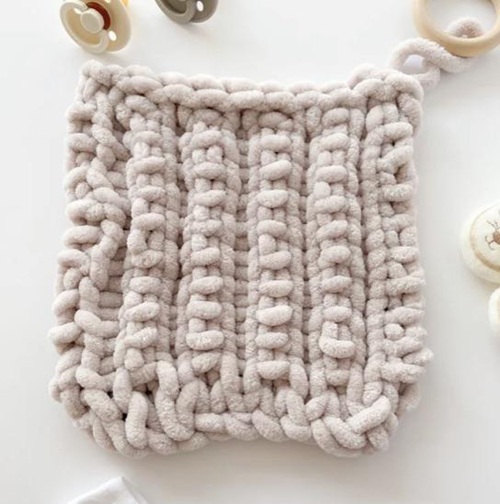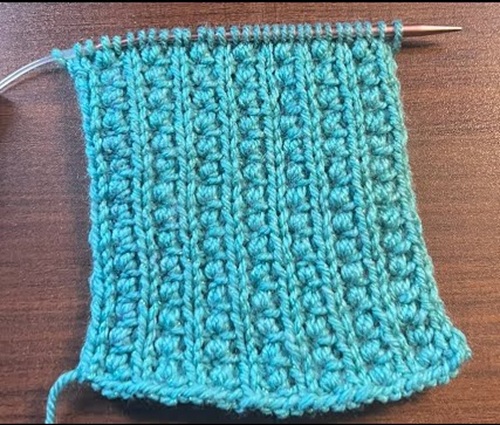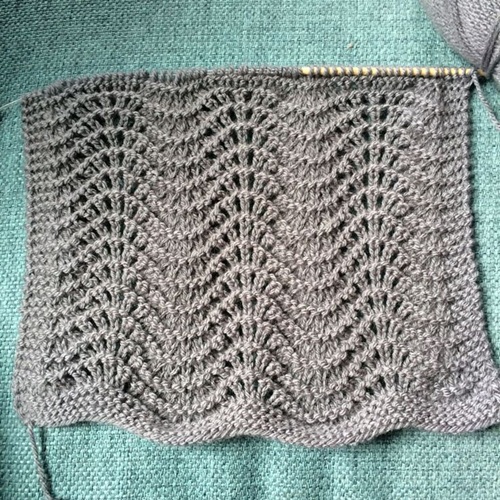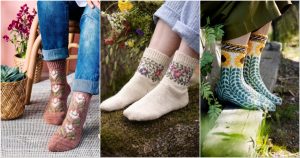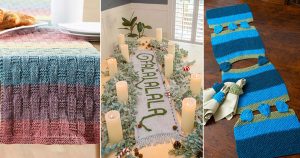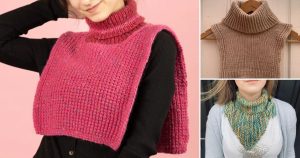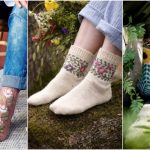If you are a beginner knitting enthusiast, give this Easy Breakdown of Basic Knitting Stitches a look and become an expert in this skill.
Knitting is a relaxing hobby that allows you to create handmade clothes, accessories, and home decorations. If you are new to knitting, learning the basic stitches is the first step. Once you know them, you can make anything from scarves and hats to blankets and sweaters. Here’s an easy guide to the basic knitting stitches in simple language. This will help you get started without feeling confused or overwhelmed.
What Are Knitting Stitches?
Knitting stitches are the loops of yarn that make up your fabric. Every pattern you see—whether it’s a plain scarf or a fancy sweater—is created by using different types of stitches in different ways.
The good news is, you only need to learn a few basic stitches to start knitting. Once you master these techniques, you can create a wide range of textures and patterns.
Basic Knitting Stitches
1. Garter Stitch
Garter stitch is the easiest and most basic knitting pattern. You make it by knitting every row. This creates a soft fabric with small ridges. It looks the same on both sides and doesn’t curl at the edges, which makes it great for beginners.
After you finish your first row of knit stitches, move the needle with the stitches to your left hand. Then start knitting the next row the same way. Keep doing this row after row. Soon, you’ll see your knitting grow into a real piece of fabric!
2. Basic Ribbing
Stockinette stitch is made by knitting one row and purling the next, but you can also mix knit and purl stitches in the same row. This creates different patterns, and ribbing is the most common one.
Ribbing is stretchy and springy, so it’s perfect for sweater edges, necklines, cuffs, and hems. Some sweaters even use ribbing all over to give the garment a slim, close fit.
One of the best things about ribbing is that after the first few rows, you don’t need to keep checking the pattern. The stitches will show you what to do next. If the stitch looks like a V, knit it. If it looks like a bump, purl it.
The trickiest part for beginners is remembering to move the yarn between the needles when switching stitches. For example, in two-by-two ribbing:
- Knit two stitches.
- Move the yarn from the back to the front between the needles.
- Purl two stitches.
- Move the yarn back between the needles to the back.
- Repeat this pattern.
If you forget to move the yarn back and forth between knit and purl stitches, you might accidentally make extra loops. This can change the shape of your work and turn your rectangle into a triangle. Always remember to move the yarn in the right direction!
When you knit a stitch, keep the yarn at the back of your work. When you purl a stitch, keep the yarn at the front. In ribbing, always check that the yarn is in the right place before switching between knit and purl stitches. When you move the yarn from front to back or back to front, make sure you pass it between the needles—not over them.
3. Mistake Rib Stitch
Mistake Rib Stitch is very simple because it uses the same row again and again. It’s made with only knit and purl stitches and creates a ribbed texture that looks more complicated than it is. This stitch is stretchy and looks good on both sides.
4. Stockinette Stitch
Now that you know how to knit and purl, you can combine them to make stockinette stitch. This is the smooth, V-shaped pattern most people think of when they picture knitting.
Unlike garter stitch, which is bumpy and stays flat, stockinette stitch is soft and smooth but tends to curl at the edges. Many designers use this curling effect on purpose to make rolled necklines, cuffs, scarf edges, and even handbag trims.
5. Seed Stitch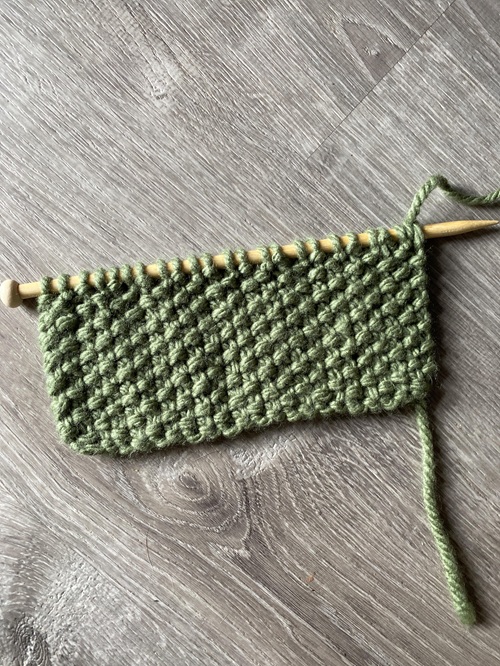
Seed stitch is a bumpy, textured pattern that you make by switching between knit and purl stitches. On the next row, you do the opposite—knit where you see a purl and purl where you see a knit.
6. Moss Stitch
Moss stitch is a lot like seed stitch, but with a small difference. In seed stitch, you switch between knit and purl stitches in every row. In moss stitch, you do that every other row instead. This makes moss stitch a “longer” version of seed stitch.
Moss stitch has a soft, bumpy texture and follows a four-row pattern. You can use it by itself, like in a moss stitch scarf, or as a background for fancy cable designs.
It also lays flat and looks the same on both sides, which makes it great for scarves, shawls, and blankets.
7. Double Woven Rib
The Double Woven Rib is a textured pattern that looks a bit like weaving. Even though it seems tricky, it’s actually just a two-row repeat. You create the woven look by slipping two stitches while keeping the yarn in front. The other stitches are just regular knits and purls, so it’s a good pattern for beginners.
This stitch can curl at the edges, so it’s best to add a border, like garter stitch, to help it stay flat.
8. Indian Pillar Stitch
The Indian Pillar Stitch is a beautiful two-row pattern with bobble-like columns and a fake lace design. To make it look more open and lacy, use knitting needles that are 1 or 2 sizes bigger than usual.
This stitch lays flat and looks nice on both sides. It’s great for scarves or as a fancy detail in sweaters, mittens, or socks.
9. Hurdle Stitch
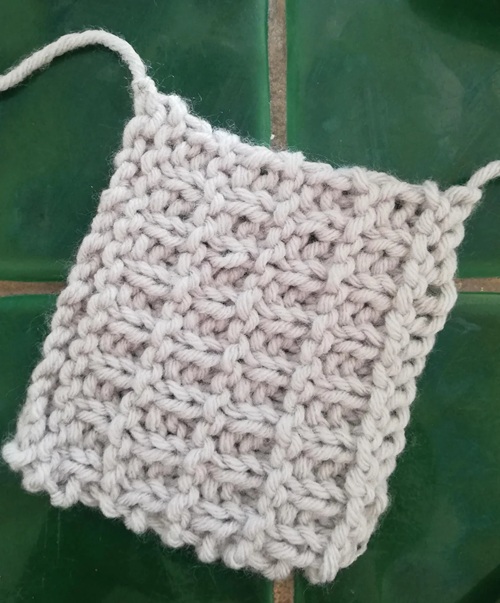
Hurdle stitch is a textured pattern made with knit and purl stitches. It’s like a rib stitch, but with two rows of garter stitch in between. The little ridges look like hurdles, which is how the stitch got its name.
Since it only uses knits and purls, it’s perfect for beginners who want to try something new after learning garter and stockinette stitch.
Hurdle stitch lays flat, looks the same on both sides, and has a nice stretch. It works well for blankets, scarves, sweaters, socks, and more!
10. Feather and Fan Stitch
The Feather and Fan stitch is a famous pattern from Shetland. Some people call it “Old Shell” or “Old Shale” because it looks like ocean waves rolling onto the shore.
It’s made with a simple four-row repeat, which makes it a good pattern for beginners who want to try lace knitting. Even though it looks fancy, it’s actually easy to knit.
This stitch lays flat and has a wavy, scalloped edge from start to finish. It also looks nice on the back side.

